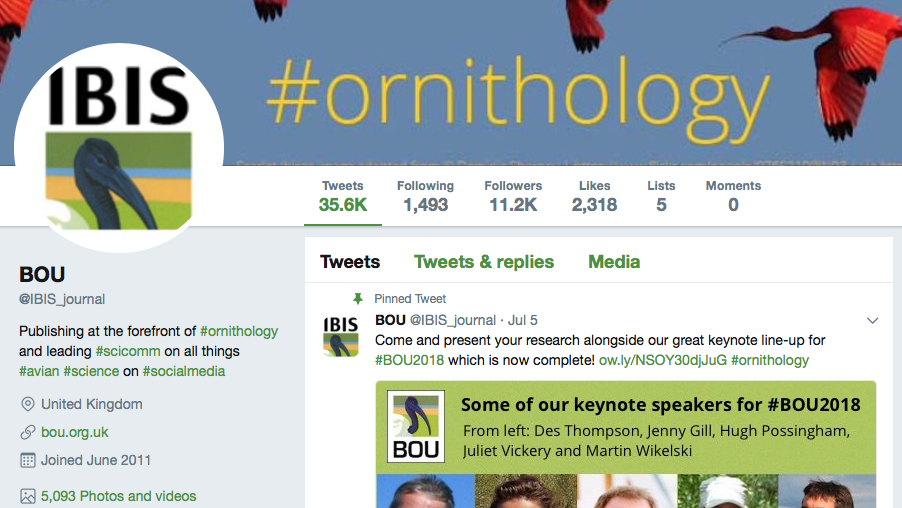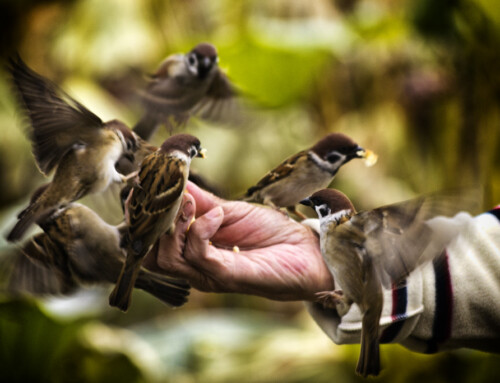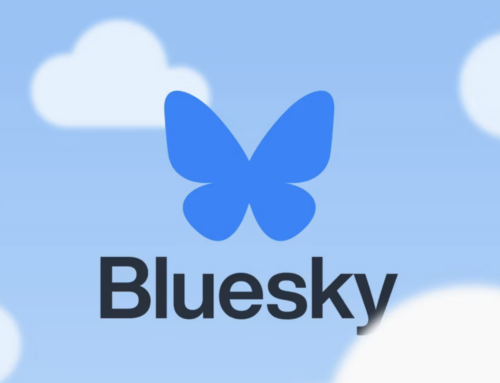Improving your profile
Is your Twitter profile fit for purpose?
Are you attracting or putting off followers?
For some, their Twitter profile was something they wrote off the top of their head when they first set up their account. They haven’t revisited it since.
Unlike other social media platforms, your Twitter profile is limited, just like a tweet, and just like the best tweets, it needs to be crafted to get the most from it.
Your profile needs to be succinct and to the point, informing others about exactly who you are and what you do. Lets face it, we’re all short of time, and those influencers you want to attract with the larger Twitter followings are busy too, so you need to grab peoples’ attention.
1. Update your profile image
The image that accompanies all your tweets is your logo. Its ‘Brand YOU’. So it is important. Unlike your profile text, it accompanies every tweet, retweet and like you make. It is quite simply the most instantly recognisable bit of your account there is.
This little image needs to be recognisable. If its a personal account then there is nothing like a clear head shot of yourself, well lit and identifiable. If its for a company, organisation or group, it should be either your logo, or something else equally identified with you and your Twitter account.
Take a look on your phone at how small these images appear. Note the weak ones and the strong ones and learn from them. Replicate the strong and build your identity from here.
Movetech Telemetry joined Twitter this week and got their profile image spot on (above) using just the distinct M from their usual logo. Images containing words or names tend not to work that well as the text/words are rarely readable on a smartphone.
Once you have a strong image then use the same image across all platforms including on any website profiles you have (ResearchGate, LinkedIn, etc). Treat this image as your brand.
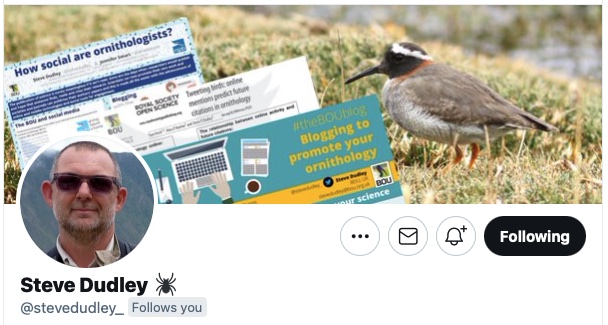
Also, don’t forget your account ‘header’ image – the big image across the top of your Twitter homepage. Make sure this too reflects who you are and what you tweet about. I recently altered mine to retain my beloved (self-found!) Diademed Sandpiper-plover pic, but just moved it to the right a little to accommodate a picture of one of my recent posters! Be creative.
2. Update your profile biography
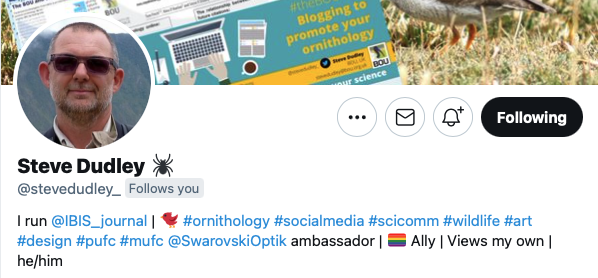 Twitter users regularly search on Twitter using specific keywords. The search results include the top profiles that match any search, followed by tweets.
Twitter users regularly search on Twitter using specific keywords. The search results include the top profiles that match any search, followed by tweets.
Make sure your profile biography includes the keywords relevant to you. Use popular hashtags you use yourself and associate with, e.g. #ornithology.
Also, make sure the link you use with your biography is current and takes people to where you want them to go. Normally this might be your home webpage, but occasionally you might want to switch this to link to a specific event, paper or blog article. No need to include the link in your profile text (and use up any of the precious 160 characters you have for your profile text), there is a dedicated field you can use for this.
3. Pin a tweet to your profile
It’s amazing how many people don’t use this simple and effective feature.
You can pin any one of your tweets to your profile by tapping the ‘V’ tab in the top right of the tweet and selecting ‘Pin to your profile page’. This tweet will then sit at the top of all your tweets and forms part of your Twitter homepage and profile. Its what people will see first when they check you out.
You can change your pinned tweet as often as you like, so you can have this set to promote an event, a recently published paper or blog post. It might even be a tweet which got lots of comments and you wish to keep that engagement going. Pinning one of your top tweets is simple, quick and effective.
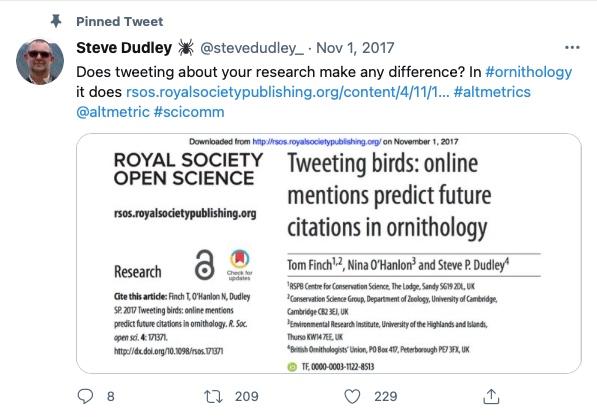
Pinned tweet from my own account homepage
It might have been published in 2017, but this paper remains relevant to ornithology tweeters today.
Learn more about communicating your research using social media
We have many articles on this website on the benefits of using social media for research. Here are a few, and many more here.
Twitter #masterclass 12 – Twitter best practices
How social are ornithologists? – an IBIS Viewpoint article and NOAC2016 poster
Let the BOU work for YOU . . altmetrics
Let the BOU work for YOU . . blogging
Let the BOU work for YOU . . on social media
The benefits of blogging about your research
Making social media and the web work for you
Social media is relevant to your research
Presentations from the BOU’s ‘social media in ornithology’ workshop at #EOU2015
What do you mean you ‘don’t know how to optimize your paper for SEO?!
Blog with #theBOUblog
If you want to write about your research in #theBOUblog, then please see here.
